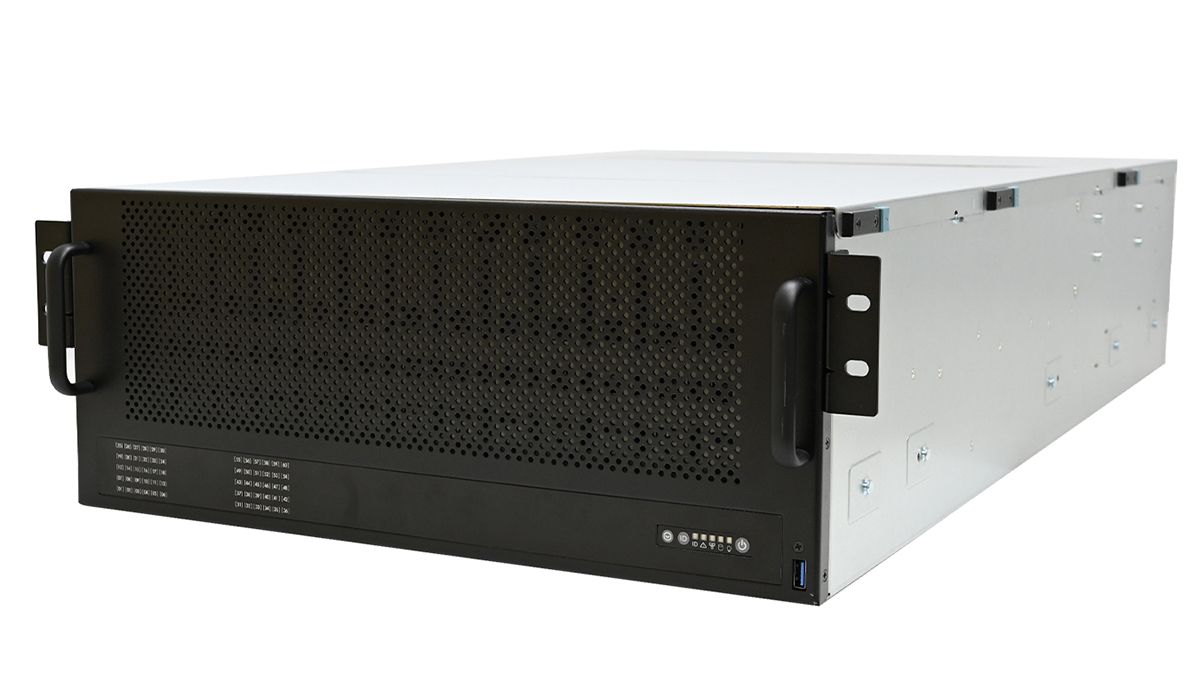Black holes are infamous for being invisible. But thanks to a new technique from the Event Horizon Telescope (EHT) team, we’re about to start seeing them in color.
Astronomers have figured out a way to observe the radio sky in multiple frequencies at once, allowing them to create full-color images of supermassive black holes. The breakthrough is built on a technique called frequency phase transfer, which lets scientists correct for atmospheric interference in real time across multiple radio bands. In plain English: They’ve basically figured out how to give radio telescopes a multi-color vision upgrade. Sara Issaoun, a researcher at the Center for Astrophysics | Harvard & Smithsonian, led the team, whose research was recently published in The Astronomical Journal.
The Event Horizon Telescope (EHT) stunned the world in 2019 with the first image of a black hole—M87*, followed in 2022 by Sagittarius A*, the supermassive black hole at our galaxy’s center. Now, scientists are planning a $300 million space-based successor mission, the Event Horizon Explorer, designed to sharpen those images tenfold and reveal the elusive photon rings that may confirm black hole spin and push the limits of general relativity. Meanwhile, some researchers have challenged aspects of the original Sgr A* image, proposing that its accretion disk may be more elongated than ring-like—an open question future observations may resolve.
Similar to how our eyes take in visible light’s various wavelengths and interpret them as a range of colors, radio telescopes capture slices of invisible radio light in specific frequency bands. Stitch enough of those slices together and you get something like a color image—just not in the visible spectrum.
But until now, most radio telescopes could only observe one frequency band at a time. That’s fine when astronomers’ target is a distant galaxy that appears sedentary against the cosmos. But if scientists are trying to image a rapidly spinning black hole spewing relativistic jets, or wobbling from gravitational forces, the radio data can’t be captured in a single image. The object simply moves so fast that multiple exposures can’t be layered in a coherent way.
Enter frequency phase transfer. As reported in Universe Today, the team was able to track atmospheric distortions in their observations at one wavelength and sharpen the image in a different wavelength. (Correcting for atmospheric distortion is a regular problem for Earth-based observatories, but new technologies are allowing telescopes to overcome this longstanding hurdle in ground-based astronomy). The team’s new black hole imaging method is still experimental, but the proof-of-concept means we’re on the cusp of getting sharper, truer images of the most extreme objects in the universe.
Next-gen observatories like the EHT and Black Hole Explorer (BHEX) are already gearing up to use this method, bringing us one step closer to seeing a black hole in all its violent and vivid brilliance.




